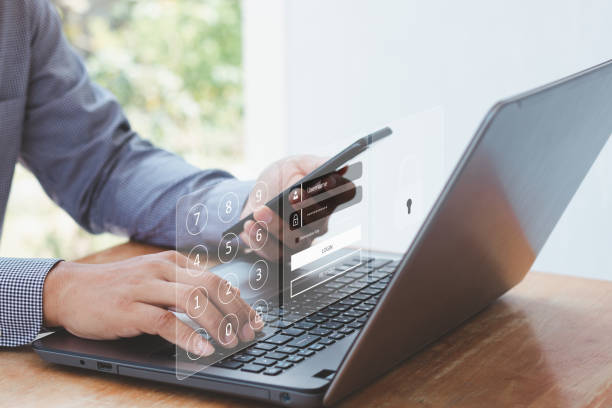With the increasing number of online transactions and sensitive information being stored in the digital world, the need for robust security measures has become more crucial than ever. Multi-factor authentication (MFA) is one such measure that adds an extra layer of protection to the traditional username and password-based authentication methods.
Understanding Multi-Factor Authentication
MFA is a security system that requires users to provide two or more pieces of evidence (or factors) to prove their identity. These factors are typically categorized as follows:
- Knowledge factors – something the user knows, such as a password or a personal identification number (PIN)
- Possession factors – something the user has, such as a smart card or a one-time password (OTP) generating device
- Inherence factors – something the user is, such as a fingerprint or facial recognition
- By requiring multiple factors, MFA makes it significantly harder for unauthorized users to access sensitive information or systems. For example, even if a password is compromised, an attacker still needs to have access to the second factor to complete the authentication process.

Benefits of Multi-Factor Authentication
- Enhanced Security: MFA adds an extra layer of security to the authentication process, making it more difficult for unauthorized users to access sensitive information.
- Reduced Risk of Fraud: By requiring multiple factors, MFA reduces the risk of fraudulent activities, such as identity theft and unauthorized access to financial accounts.
- Compliance with Regulations: Many industries, such as healthcare and finance, are required to comply with regulations that mandate the use of MFA to protect sensitive information.
- Easy to Implement: MFA can be easily integrated into existing authentication systems, making it a cost-effective solution for enhancing security.
Types of Multi-Factor Authentication
- Two-Factor Authentication (2FA): This is the most common type of MFA, where the user is required to provide two factors, such as a password and an OTP sent to their mobile phone.
- Three-Factor Authentication (3FA): In this type of MFA, the user is required to provide three factors, such as a password, a smart card, and a fingerprint.
- Four-Factor Authentication (4FA): This type of MFA requires the user to provide four factors, such as a password, a smart card, a fingerprint, and facial recognition.
How Multi-Factor Authentication Works
- The user enters their username and password.
- The system sends a request for the second factor to the user’s registered device (such as a mobile phone).
- The user enters the second factor, such as an OTP or a fingerprint.
- The system compares the entered information with the stored information to confirm the user’s identity.
- If the information matches, the user is granted access to the sensitive information or system.

Common Multi-Factor Authentication Methods
- One-Time Password (OTP): An OTP is a temporary code that is generated and sent to the user’s registered device, such as a mobile phone. The user is required to enter the OTP to complete the authentication process.
- Smart Cards: Smart cards are physical cards that contain a chip and a magnetic stripe. They are used to store information, such as a digital certificate, that can be used for authentication.
- Biometric Authentication: This type of authentication uses the user’s biometric data, such as a fingerprint or facial recognition, to confirm their identity.
Conclusion:
Multi-factor authentication (MFA) is a cost-effective solution for enhancing security and reducing the risk of unauthorized access to sensitive information. By requiring multiple factors, MFA adds an extra layer of protection, making it more difficult for unauthorized users to access sensitive information.

